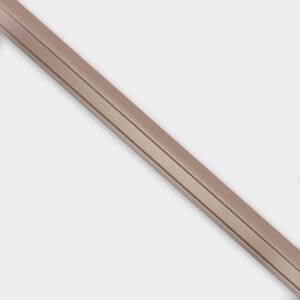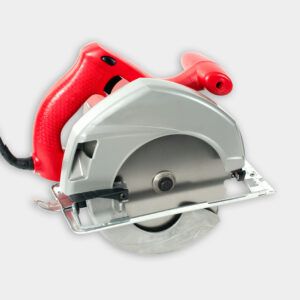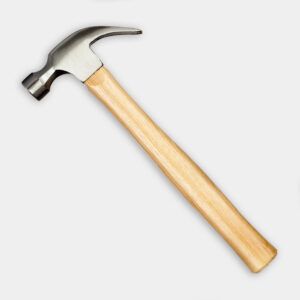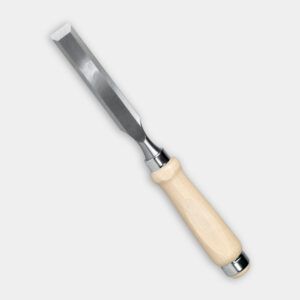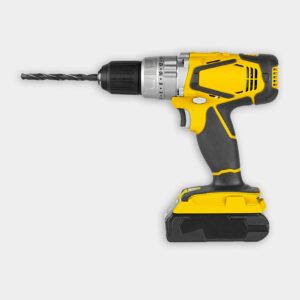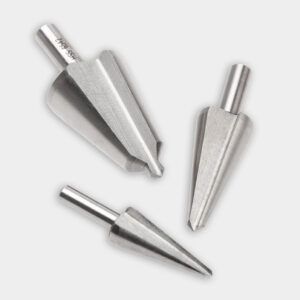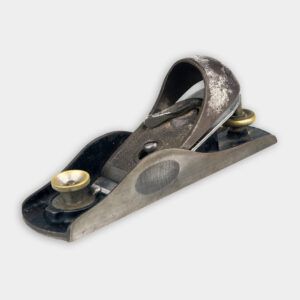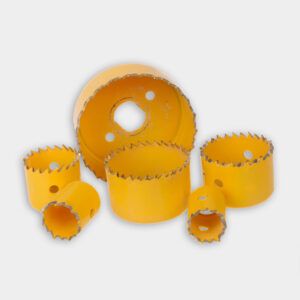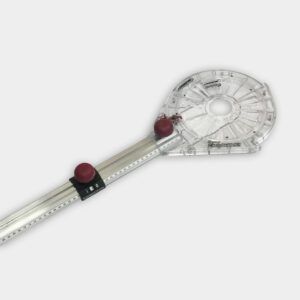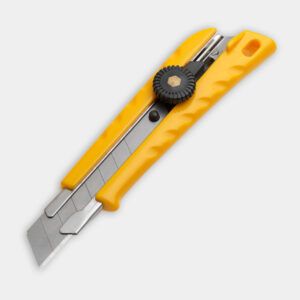We may be compensated if you purchase through links on our website. Our team is committed to delivering honest, objective, and independent reviews on home products and services.
Installing a new front door can dramatically enhance your home’s curb appeal and energy efficiency. While it may seem daunting, hanging a new door in an existing frame is a project many homeowners can tackle with the right tools and guidance.
In this article and the video above, This Old House general contractor, Tom Silva, will show you how to replace an old entry door, providing expert tips and insight along the way.
Preparing to Install a Front Door
Gathering the necessary tools and materials before beginning the installation process is essential. Proper preparation will ensure a smooth and efficient installation.
Tools and Materials Needed
To hang a new front door in an existing frame, you’ll need the following tools:
- Block plane
- Chisel (3/4-inch)
- Circular saw
- Combination square
- Drill/driver with tapered drill bits
- Hammer
- Hole boring jig
- Hole saw
- Straight edge
- Utility knife
Additionally, you’ll need to add new hinges and screws to secure and stabilize the door.
Measuring and Sizing the New Door
Accurate measurements are essential for a proper fit. Follow these steps to ensure your new door matches the existing frame:
- Measure the width and height of the old door.
- Check the measurements on both the hinge side and knob side, as they may differ slightly.
- Transfer these measurements to the new door, accounting for any discrepancies.
In the video, Silva demonstrates how to measure a 3070 door, which is 3 feet wide and 7 feet tall. He notes that he cut the existing door to fit the opening, measuring 6 feet 11 inches on the hinge side and 6 feet 10 and 13/16 inches on the knob side.
Cutting and Fitting the New Door
Once you have the correct measurements, it’s time to cut and fit the new door to match the existing frame.
Cut the Door to Size
Take these steps to cut your door to size:
- Use a straightedge to mark the cut line on the new door.
- Score the cut line with a sharp utility knife to prevent chipping.
- Cut the door to length using a portable circular saw.
Handle the door carefully while cutting to avoid splintering or uneven edges.
Transfer Hinge Locations
Proper hinge placement is crucial for a smooth operating door. Here’s how you can transfer hinge locations:
- Place the old door on top of the new door.
- Use a combination square to mark the hinge mortise locations on the new door.
- Score the outline of the new hinges onto the edge of the door with a utility knife.
Create Hinge Mortises for a Front Door
Cutting accurate hinge mortises ensures a flush fit and proper door operation. Follow these steps to create the mortises:
- Position the hinge over the marked lines.
- Score the door with a utility knife for crisp lines.
- Use a chisel to create shallow notches along the scored lines.
- Carefully chisel out the wood to the depth of the hinge thickness.
- Hold the chisel at the correct angle to gradually skim off the top layer of wood.
Silva emphasizes the importance of proper chisel technique in the video, demonstrating how to avoid splintering the wood and achieve a clean mortise.
Install the Hinges on Your New Door
Now that you’ve prepped the mortises, you can install the hinges on the new door.
Attach Hinges to the Door
- Place the hinges in the mortises.
- Pre-drill pilot holes for the hinge screws to prevent splitting.
- Screw one leaf of each hinge to the door.
Pre-drilling ensures that the screws will not split the wood, providing a secure hold for the hinges.
Prepare the Doorjamb
- Remove the old hinges from the doorjamb.
- Replace them with the remaining leaves of the new hinges.
Hang the New Door
With the hinges in place, you can hang the new door in the existing frame.
- Carefully lift the door and align the hinge leaves.
- Insert the hinge pins to connect the door to the frame.
- Close the door and check its fit in the opening.
- Use a block plane to shave wood off the door edge for a perfect fit if necessary.
In the video, Silva and his assistant demonstrate the proper technique for lifting and aligning the door, emphasizing the importance of teamwork for this step.
Install the Lockset for Your New Door
The final step in hanging your new front door is installing the lockset and deadbolt.
Drill Lockset Holes
Here’s how to bore lockset holes:
- Use a template and hole saw to bore the lockset holes into the face and edge of the door.
- Drill from both sides of the door to prevent wood damage.
Create Mortises for the Strike Plate and Deadbolt
Next, you’ll need to fit the strike plate and deadbolt by doing the following:
- Mark the locations for the strike plate and deadbolt on the door edge.
- Use a chisel to create shallow mortises for a flush fit.
Properly fitting the strike plate and deadbolt ensures smooth operation of the lock mechanism.
Attach Hardware
You can attach the hardware by doing this:
- Install the lockset according to the manufacturer’s instructions.
- Attach the deadbolt following the same process.
- Test the lock mechanism to ensure smooth operation.
Finishing Touches for Your New Door
Take these final steps to complete your door installation:
- Paint or stain the door as desired, coating the entire surface, including the top and bottom edges.
- Add a door sweep to the bottom of the door to prevent drafts.
- Install weatherstripping to improve energy efficiency.
Tips for a Professional Finish
For a professional-looking result, apply an even coat of high-quality paint or stain, and let each coat dry completely before applying another to avoid streaks and blotches. Wipe the door with a damp cloth regularly to keep it looking new, and touch up any dings or blemishes as needed.
